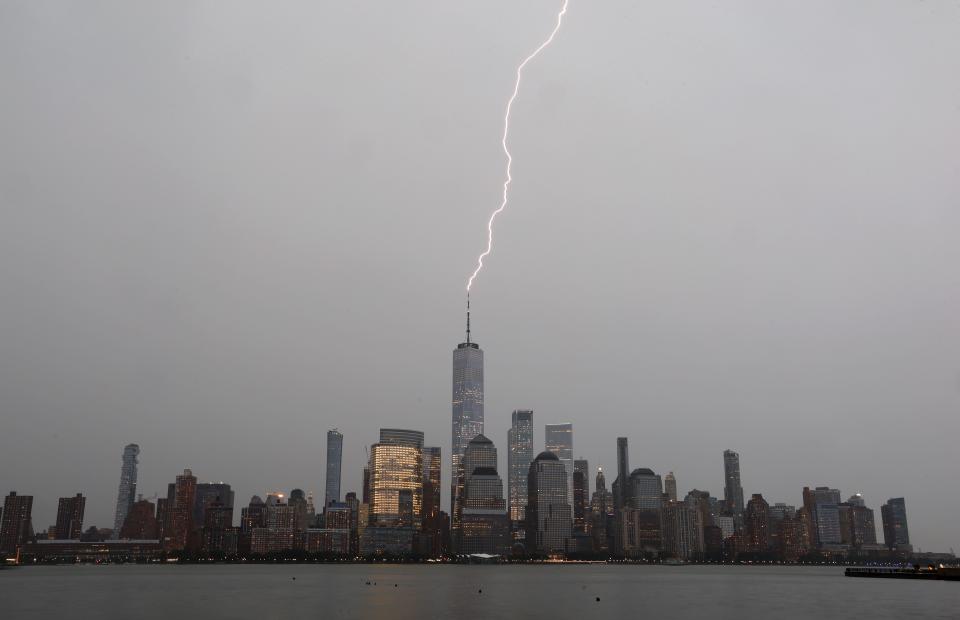New York City's Hottest New Energy Fight

NEW YORK ― A chain-link fence runs along 20th Avenue through northwest Queens. To the South are blocks of brick multifamily homes, where grandmothers tend fig trees in verdant front yards and proud immigrant parents celebrate high school graduations with gaudy banners hung from balconies. North of the fence, power plants burn the oil and natural gas that feeds New York City’s insatiable thirst for electricity.
That fence is about to become a battle line in the fight over the city’s energy future.
One of the companies on the complex, NRG Energy, has quietly revived plans to replace its 50-year-old oil-burning generators with new gas-fired units, part of a $1.5 billion makeover the utility giant says will allow it to comply with state pollution rules while meeting electricity demand.
But the new cadre of climate-change hard-liners who unseated incumbents in this summer’s primary wants to upend that. The group of more than half a dozen campaigned for the New York State Legislature on platforms that included shutting down fossil fuel generation and bringing private utilities under government control.
“This is what it means to live out your belief in the Green New Deal,” said Zohran Mamdani as he squinted through the fence on a sunny recent Saturday morning. The 28-year-old democratic socialist unseated 10-year incumbent Assemblywoman Aravella Simotas in the Democratic primary for the 36th Assembly District last month.
New York City’s roughly 15 “peaker” plants ― which produce extra generating capacity when the city’s demand eclipses the regular supply, like during a heatwave ― are aging, and they run primarily on oil and gas. As the city looks to shrink its output of planet-heating gases, the plants seem like low-hanging fruit.
The peakers are used infrequently but are expensive. The stations run for an average of 6% of the year, or about 500 hours, the clean-energy research group Strategen Consulting estimated. The city paid the...


